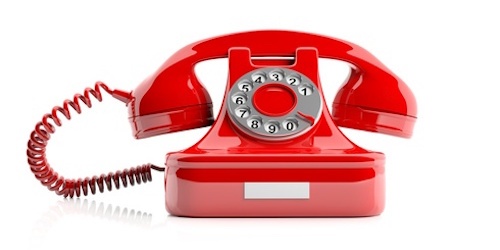
The No Joke System for Attracting Clients5 min read
A few months ago I re-tooled my system for teaching people to attract new clients. It’s a new take on an old approach. I’ve been writing about it for the past two months, but here’s a cheat sheet to summarize this approach.
I called it ABDO – Attention-Based Direct Outreach.
And it’s all about proactively reaching out to prospective clients and ultimately turning them into paying clients.
There are a number of things that makes this approach different than what most self-employed professionals do to attract new clients.
Let me count the ways. There are six. Yeah, I know, this is a three-minute-to-read-article. Who has three minutes to read these days?
Maybe you, if your client attracting system isn’t working.
1. Proactive. This means not waiting around for someone to contact you. That’s passive marketing, which is getting your name, face, and message out there, but hoping someone will ultimately contact you.
From your website and newsletter, to networking and speaking, these all become passive when you don’t take any initiative to follow-up or make direct contact with prospective clients.
But proactive marketing is scary. You put yourself out there and see if you can get a conversation or an appointment. For many, this is terrifying because of the possibility of rejection. Nevertheless, you’ll probably survive the ordeal.
2. Humor. Using humor in your outreach (especially in your emails) is a great way to break the ice and get attention. Despite its amazing effectiveness, it’s relatively rare. How many emails do you get that incorporate humor of any kind? No, most emails are deadly boring. So they get a very low response. Even this one is kinda boring. So I’m proving my point.
We’re in the early weeks of my new ABDO group program, but participants are already sending out humorous emails and they are surprised at the positive response and the willingness of recipients to set up meetings. After a while, despite kicking and screaming to actually try it, they just might get used to it.
3. Value Proposition. A funny email may get attention, but it won’t get you far if your value proposition is weak. If you’re contacting a prospect, why should they be interested in listening to you? How can you help them? And what are you doing that’s different?
If you don’t clearly articulate all of that in a concise, (but also entertaining) email, it’ll get deleted like all the rest of the crappy emails you get.
4. Follow-up Conversations. It’s rare that someone will respond to your email with, “I’m sold! When can we start?” If only. No, the purpose of an outreach email is to generate enough interest that they’ll be willing to speak with you for a minute or two. That’s all. But it’s a lot.
Years ago, I did a lot of speaking engagements. At the end I collected business cards from the participants and then I followed up by both email and phone. I had one simple goal: get a follow-up conversation to see if they both needed some marketing assistance and were open to getting that assistance.
In that call I asked a number of questions and shared about some of the results I’d produced for my clients. I didn’t do any selling. I was preparing the ground for a selling conversation. If they showed enough interest, I’d set up a complimentary Marketing Strategy Session.
5. Marketing Materials. After I’d set up an appointment for a Strategy Session, I’d say. “I have some information about how I work that I’d like to send to you. Can you please take a look at it before we meet for the Strategy Session? It will save us a lot of time and make the Strategy Session more productive.” I sent it along and most would read it. And it did save time in that I had to spend very little time in the Strategy Session talking about my services. I could focus on their needs and goals instead.
6. The Strategy Session. Selling has a bad name. We think of it as manipulative and pushy. But real selling is the exact opposite. It’s mostly asking questions and listening. Where are you now in your business? What are your goals? What are your challenges? How will things change if you overcome those challenges?
I have a colleague who calls this process “Sacred Selling” in that it’s a deeply personal and caring conversation to discover if you can partner with someone to make a difference in their life and business.
Those six steps are the essence of the ABDO system. And despite the Internet, social media, and videos, I’ve found that this system still works the best to attract a consistent flow of high-end clients who have big challenges that require a real professional with specialized knowledge and skills.
Yes, it’s wonderful if someone calls you because of positive word-of-mouth. But if you get tired of waiting for the phone to ring, this is the next best thing. Or perhaps the next worst thing, depending on your perspective!
It’s not trendy or even that cool, but it sure does work. And even if you use some humor to get attention on the front end, I promise you… it’s no joke.
Cheers, Robert
P.S. If you feel you need a little hands-on help with this, send me an email and we’ll set up a time to chat (and include your phone number, please).







